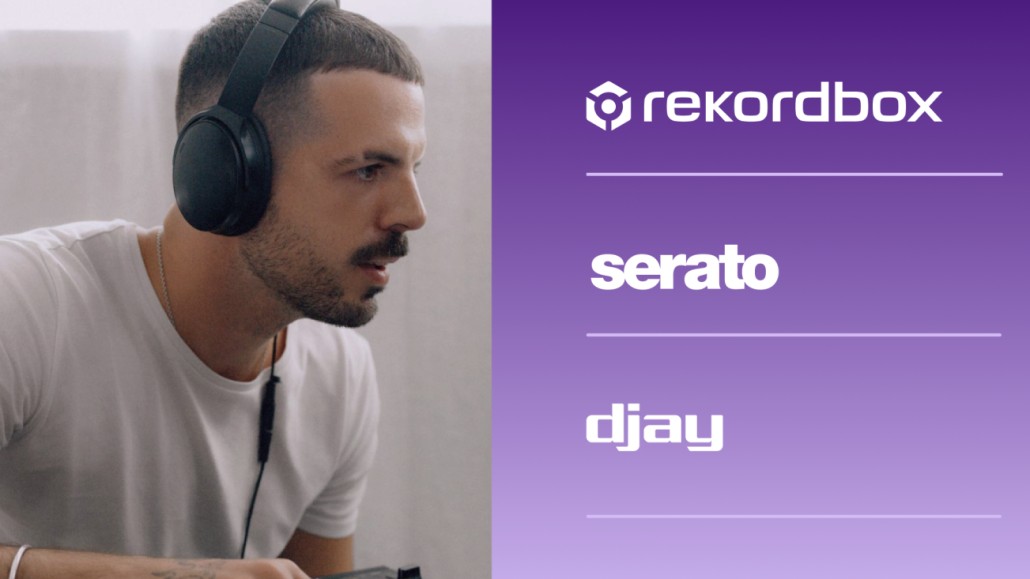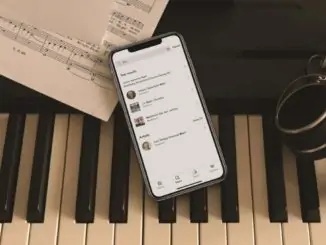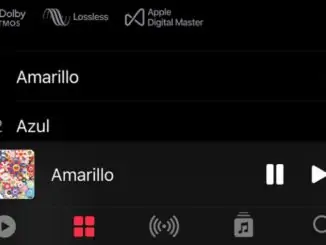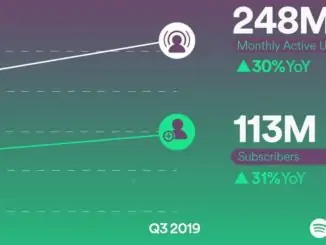
Spotify has announced that Premium users in 51 countries can now access their full Spotify libraries and playlists within leading desktop DJ software — Rekordbox, Serato, and djay. This marks Spotify’s return to DJ integrations after years of absence, aiming to make it easier for music fans to mix and experiment.
What’s New
Premium subscribers can now log into Spotify inside supported DJ apps and browse their personal and editorial playlists, searching and mixing tracks in real time. The integrations currently support desktop software (Windows and Mac) with no mobile availability confirmed yet.
Limitations and Licensing
The integrations come with clear restrictions. Tracks played through Spotify in DJ software are strictly for personal, non‑commercial use. They cannot legally be used for public DJ sets in venues, radio, or livestreams because of licensing agreements. Offline caching is not supported, meaning a stable internet connection is required during mixing.
What to Look Out For
- User experience: Early testing shows smooth integration. Playlists load quickly, and track search is seamless inside Rekordbox, Serato, and djay.
- Audio quality: Streams are limited to Spotify’s Premium tier (up to 320kbps Ogg Vorbis). Lossless formats are not supported, which may disappoint DJs used to working with FLAC or WAV.
- Performance: Latency is acceptable for casual mixing, though professional DJs may still prefer local files.
- Rollout: The feature is live in 51 markets, though licensing means availability will vary by region.
Why It Matters
Spotify is blurring the lines between listening and creating. By opening its catalogue to DJ tools, it lowers the barrier for aspiring DJs and hobbyists who previously needed to build local libraries of MP3s or WAVs. It also helps Spotify stay competitive with Apple Music, TIDAL, and SoundCloud, which already offer varying levels of DJ integration.
Bottom Line
Spotify’s DJ integrations give Premium subscribers a fun and accessible way to experiment with mixing, but they aren’t a substitute for pro setups. The lack of lossless audio and offline support means local files remain essential for high‑end performances. Still, for casual users and those learning the craft, this is a significant step forward.




